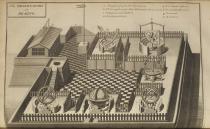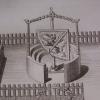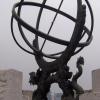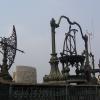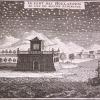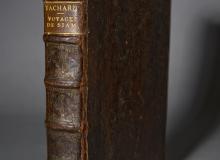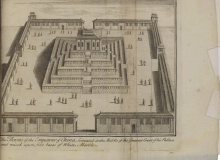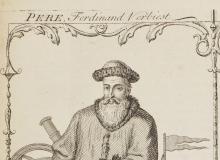Astronomy
Ignatius of Loyola, the founder of the Jesuits (Society of Jesus), desired that his men would be highly educated so as to be able to engage with the world around them. Among other things, this meant that there was to be no conflict between the worlds of religion and science and Jesuits were to be trained in the renaissance synthesis of liberal arts and humanist learning. The Jesuits established schools and colleges around the world, with the first one being founded in Messina, Sicily in 1548.
By the late 1590s they had codified their system of teaching and learning into something known as the Ratio Studiorum – usually translated as the “Plan of Studies” although its full name is Ratio atque Institutio Studiorum Societatis Iesu (“the method and system of the studies of the Society of Jesus”). This plan included a heavy emphasis on such things as classical philosophy as well as on mathematics. Jesuits like Christopher Clavius produced standard textbooks on such things as Euclid’s Elements. Thus, a Jesuit priest was both expected to know about Aristotelian thought and solve geometrical equations. The ‘hard’ sciences featured heavily in the Jesuit curriculum and they were also studied in an applied way, with a network of observatories being established around the world, at the various colleges the Jesuits conducted.
Their educational background meant that the Jesuit missionaries in China were well placed to engage in scientific exploration at the same time as teach about the gospel. A number of Jesuit missionaries held positions in the imperial observatory, like Johann Terrenz Schreck, Johann Adam Schall von Bell and Ferdinand Verbiest. A few of them also led the government bureau of mathematics and assisted in such activities as mapping the length of the Great Wall and the extent of Chinese territory ruled by the Qing.
Jesuits with a special aptitude for mathematics – be that in astronomy or in hydraulics and engineering – were chosen for the China mission and helped to further the position of the church there. Their legacy lives on today in the academic conversations they had across cultures and in the scientific instruments they built, which can still be observed in Beijing.
